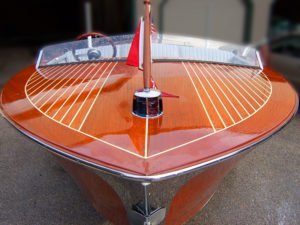 Philippine Mahogany is synonymous with boat building, thanks to the iconic Chris Craft boats from the 1930-60s. So when asked if the species will be good for exterior projects, we answer with a strong yes. Boat building tests wood in a way that nothing else will, so if a particular wood is good enough for that, then trim, windows, or siding have nothing to fear.
Philippine Mahogany is synonymous with boat building, thanks to the iconic Chris Craft boats from the 1930-60s. So when asked if the species will be good for exterior projects, we answer with a strong yes. Boat building tests wood in a way that nothing else will, so if a particular wood is good enough for that, then trim, windows, or siding have nothing to fear.
Times have changed, however, and the iconic wooden boats of yore are no longer made with the same Philippine Mahogany. It’s not available any more, and the fact is that the Philippine Mahogany available today is actually a different species that not only is more sustainably managed but actually a better exterior grade lumber.
Philippine Mahogany Today is Meranti
Many of the species of wood we use today go by trade names that not only are no longer valid but are downright misleading. Philippine Mahogany is probably one of the worst culprits. It is not even close to being a Mahogany, botanically speaking, and it comes from an entirely different part of the world (Southeast Asia).
The actual species (commonly known as Lauan, Shorea polysperma) that made it famous is no longer available due to unsustainable forestry practices. Today, Philippine Mahogany can actually be several species, but “the good stuff” is usually one of a few species from the Shorea genus commonly known as Meranti. You may also hear the name Nemesu or Red Seraya. All of these fall under what could be called the “Meranti group” of the Shorea genus.
Meranti is actually a better exterior grade species than the original “Philippine Mahogany” ever was. The Philippine Mahogany that was made so famous by the classic Chris Craft boats of last century was actually not terribly rot resistant, and the bugs loved the stuff. It was only with substantial top coating and additional work that the material became durable enough for marine applications.
The Meranti wood that is sold under the Philippine Mahogany trade name today is a species that boat builders have long been using in wooden boat construction. Moreover, it is the species used in some high quality marine grade plywood. In other words, it is an excellent exterior grade product.
Generally, when we hear that our boat building customers like a particular type of wood, we know that our home building customers have nothing to worry about when it comes to durability and weather resistance. Let’s face it, there isn’t another application other than boats where wood gets tested more violently.
Meranti vs Mahogany
Meranti, in a lot of ways, is similar to Genuine Mahogany. The density and grain structure are similar with a nice homogenous feel that allows it to be milled easily and hold details really well. Plus, it is much lighter than the African exterior wood options like Sapele, Utile, and African Mahogany.
Pricewise, Meranti will vary, but it is either equal to or sometimes cheaper than Sapele or Utile. Many of you will have some firsthand experience with one of these other exterior species, so looking at the numbers is a good way to compare how Meranti will perform.
| Meranti | Gen. Mahogany | Sapele | Utile | African Mahogany | |
|---|---|---|---|---|---|
| Janka Hardness | 825 lbs | 801 lbs | 1510 lbs | 1260 lbs | 1370 lbs |
| Density | 49 lbs/ft3 | 36 lbs/ft3 | 42 lbs/ft3 | 41 lbs/ft3 | 45 lbs/ft3 |
| Bending Strength, MOR | 17761 psi | 11514 psi | 17895 psi | 15270 psi | 13395 psi |
| Stiffness, MOE | 2475 psi | 1426 psi | 1704 psi | 1584 psi | 1648 psi |
| Tangential Shrinkage | 7% | 5% | 7% | 6% | 6% |
| Radial Shrinkage | 4% | 3% | 5% | 5% | 4% |
| T/R Ratio | 1.75 | 1.7 | 1.4 | 1.2 | 1.5 |
Meranti Wood is Durable and Lightweight… To a Point
Consider Meranti as a new but old possibility for any exterior project. Whether you are building a boat or a house (or a house boat). It might save you a few bucks, your tools will thank you, and you can bet it will be durable enough to stand up to the tests that Mother Nature can throw at it.
Just try not to get into any gun fights and stay away from the prop of large cargo ships… other than that, Meranti will survive just fine.

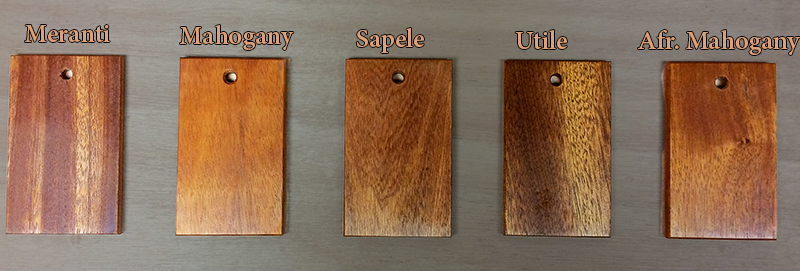
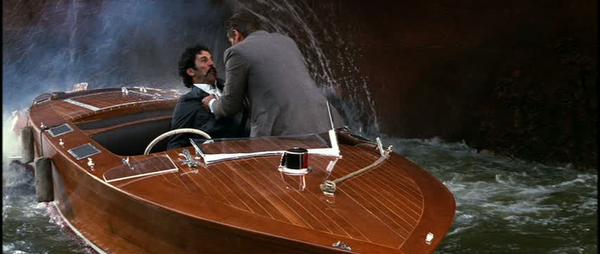
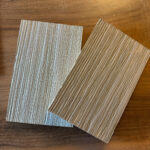
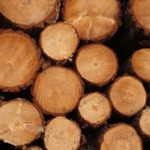
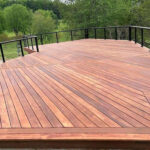
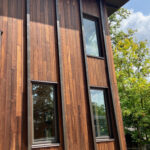
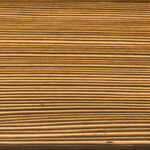
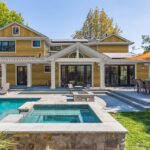


Hello, I am a custom door and gate builder and having been using Meranti now for about 10 years.. I would like to know your thoughts as to when I type Meranti into the search box of this web site it shows Meranti as Low durability, which is hard for me to believe with the experience Ive had with it. However I would like be prepare for potential clients that read similar low durability about it.
http://www.woodworkersuk.co.uk/timber-durability.htm
Thank you!
Mike Bless
http://www.BlessConstruction.com
I can’t really speak to this durability chart. I’ve seen it before and there doesn’t seem to be any reasoning behind the durability classes so I’m not sure what it is based on. Meranti is a lower density wood than some of the other more durable species on that chart and it is lower in resin content (stuff bugs hate) than some of the other more durable species so I would imagine those factors are what has classified it as a “class 4” species.
I think you need to look at what exactly “durable” means. Most of the “Mahogany” marketed species are not nearly as durable as the Jatobas and Ipes and Cumarus because they are so much less dense with less resin and oil. Does this mean that Genuine Mahogany or Meranti or Sapele or African Mahogany do not make good exterior trim boards? Not at all. It does mean that I might think twice before using them as decking where standing water, near ground contact, and brutal sun baking can occur on a daily basis.
So as with anything you need to consider the context of your usage when you think about durability.
Hi
The timber durability chart (on my website!) is based on European / British Standards testing and how long the untreated timbers are expected to last outdoors exposed to the elements.
The timber is either lab tested or field tested. Testing is against fungal attack, resistance to termites, natural durability to larvae of dry wood-destroying beetles and natural durability to marine organisms!
really interesting explanation, I’m looking to resurface the deck on a small river boat and came a cross some strips of meranti for sale and had not come across the name but advert also used the term Phillippine mahogany . I’m appreciative of the explanation and comparison with other materials. Thank you
looking for a light weight mahogany replacement to use in our wood water skis we have been using African Mahogany for many years but it is getting hard to find consistent lumber .Any help would be greatly appreciated.
Thanks
Jon
Lighter than African Mahogany you are in the realm of the Shorea genus and the Philippine mahoganies. But as this article states the Philippine mahoganies are even more difficult to source consistently (and sustainably) than African. I suspect your best bet is to stick with African but get more specific about which species you source. A good supplier who is importing is directly should be able to source single species containers from good mills that will produce much higher quality. Not to toot our own horn (but hey, its our website) I have continuously been impressed by the quality of the Khaya we stock. Like you, I have had a difficult time getting consistency from the species in building furniture. I solved the problem by coming to work for McIlvain, LOL.